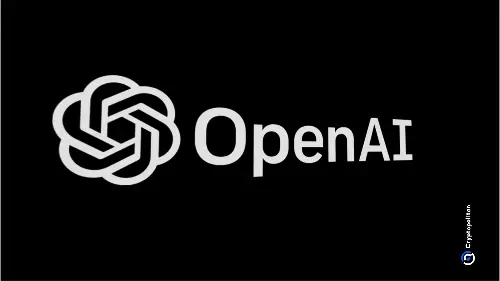
OpenAI and Microsoft are reportedly negotiating to redefine their initial partnership as the ChatGPT maker goes through shifts in its corporate structures and funding opportunities in a highly contested race to dominate the future of artificial intelligence.
Microsoft is back to update the terms of its initial partnership with OpenAI, having invested more than $13 billion into the AI firm since 2019.
A critical issue to resolve is the need to re-evaluate Microsoft’s equity stake and long-term access to OpenAI’s technology as the maker of the renowned ChatGPT restructures fully into a for-profit organization with an eye on a future public investment and a potential IPO.
From research lab to market force
OpenAI was originally founded as a non-profit research lab to ensure artificial general intelligence (AGI) benefits all of humanity. However, a transformation into a capped-profit hybrid structure has altered its direction. That transition has also come with a lot of interest from investors, regulators and former contributors.
Under the leadership of CEO Sam Altman, the company, which recently raised $40 billion from Softbank and other investors, is now aiming to raise fresh capital and expand its reach. These ambitions require clarity around investor rights, revenue sharing, and technological access.
The company, which still retains its non-profit board, is reportedly working to make its business arm a public benefit corporation (PBC) in line with the target set with its investors.
Microsoft’s backing has been pivotal in OpenAI’s rise. In return for its investment, Microsoft secured exclusive rights to integrate OpenAI’s models, including ChatGPT, into its Azure cloud platform, and other products such as the Office suite, Bing search engine, and enterprise software up till 2030.
Microsoft is negotiating its role in OpenAI’s future
Sources close to the matter say Microsoft is willing to relax its equity position in exchange for a more extensive commitment from OpenAI to continue providing privileged access to cutting-edge AI models beyond 2030.
OpenAI, meanwhile, is seeking terms that will give it more flexibility to raise money from new backers.
Regulators in California and Delaware, where OpenAI is headquartered and incorporated, respectively, are monitoring the talks as well as the proposed transition from a non-profit to a PBC.
Elon Musk, a founding member of OpenAI, has led the protest against the proposed for-profit transition, vocally criticizing OpenAI’s leadership, even initiating legal action to prevent the company’s proposed restructuring.
The Microsoft—OpenAI connection runs deep
As the negotiations unfold, both sides recognize the high stakes. OpenAI needs Microsoft’s infrastructure and global reach to scale its technology. Microsoft, in turn, needs early access to OpenAI’s research breakthroughs to maintain its lead over rivals like Google and Amazon.
The relationship between OpenAI and Microsoft has not been without tension. Last year, Altman was briefly ousted by OpenAI’s board, with Microsoft stepping in to offer him a position to continue AI development. That move underscored just how intertwined the two companies have become.
However, the relationship also took another turn after OpenAI turned to Oracle, a rival to Microsoft, for a partnership for the ambitious Stargate Project, where they will be building OpenAI’s own computing infrastructure, which is seen as a move to rid itself of its dependence on Microsoft.
Despite these developments, there are indications that both parties understand they can find a common ground that benefits both tech giants.
Your crypto news deserves attention - KEY Difference Wire puts you on 250+ top sites
